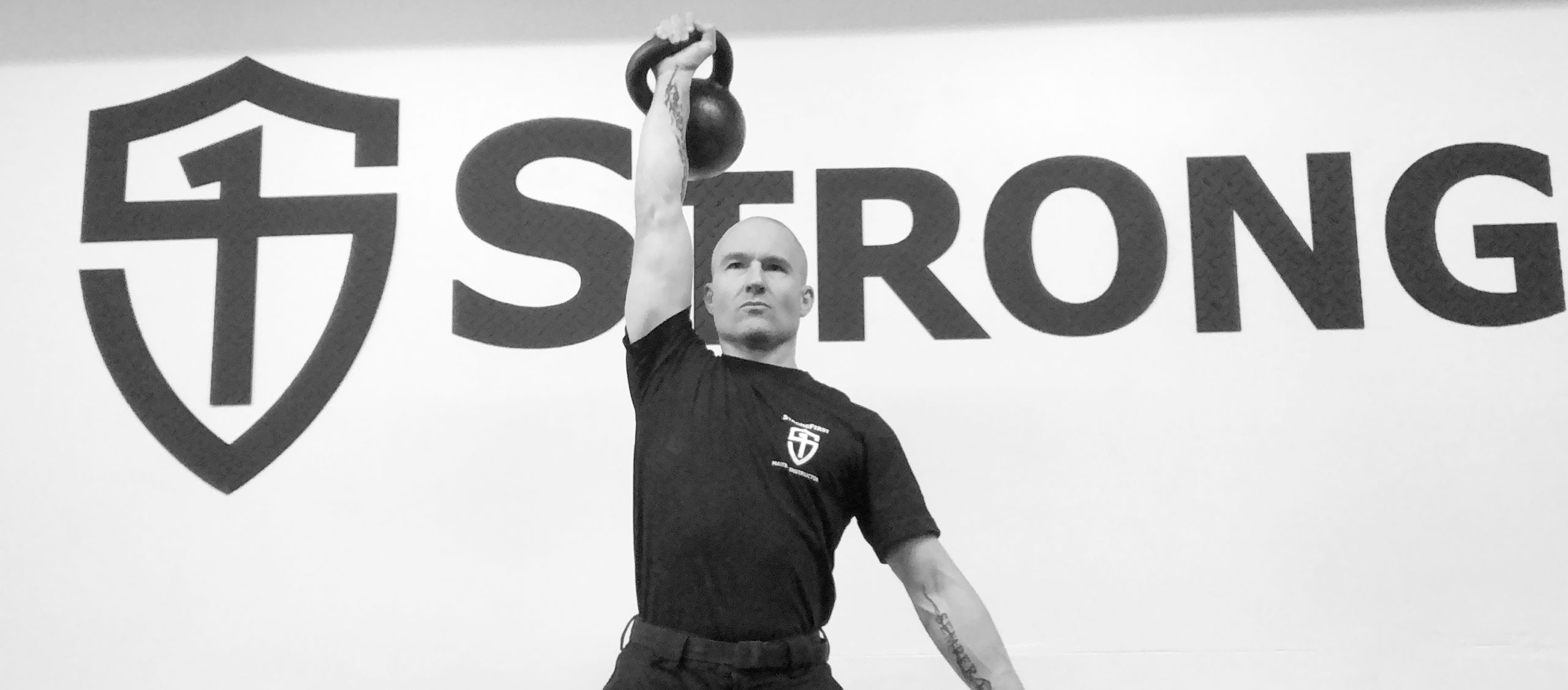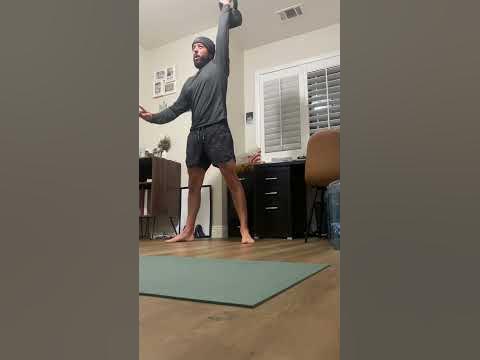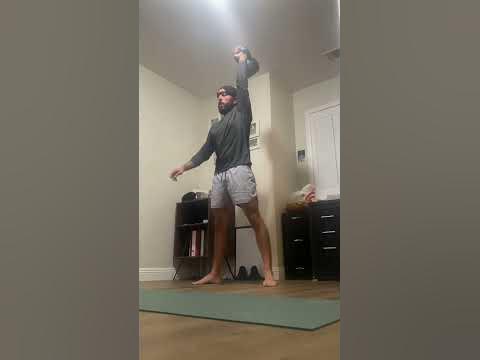1)
Try using the deep grip when snatching. The deep grip is explained and demoed in this video at
1:04.
The deep grip will help you because the handle of the bell will stay deeper in the palm of your hand throughout the snatch. This gives you more tactile contact with the bell, more control over the bell, and it also automatically "tames the arc" a bit, due to the fact that the bell handle is deeper in your palm, and not too close to your calluses or in your fingertips. I think the deep grip will help reduce bicep fatigue because the bell will "pull" you less during the drop. The deep grip takes a little getting used to, but once you get the hang of it, you'll never go back.

In my observation and experience grip confidence and security has a huge effect on overall form. If you're not secure and confident, consciously and subconsciously, it can counterproductively distort your form in all kinds of ways in a conscious or subconscious effort to reduce stress on the grip. It also inhibits you from expressing full power into the bell. If your nervous system isn't sure you can hold onto it, it prevents you from expressing your full strength.
But as far as the deep grip, I'm generally not a proponent except for very limited applications.
I've posted about this before (longer story below), but tl;dr:
After extensive experimentation with the deep grip, I've mostly abandoned it. It increases low rep grip strength, but at the cost of forearm pump, fatigue and reduced grip endurance that is counterproductive for most of my programming.
I had always used the hook grip (always = 20+ years) because it keeps stress off the callus line at the base of the fingers and is generally easier on the skin. It also allows you to keep the forearm more relaxed since it's more of support-type grip than a crush-type grip.
When I saw some heavy hard style snatchers mention using a deep grip, I started experimenting with it, and it did take some trial and error over time to be able to finesse it so I wasn't painfully pinching folds along the callus line. With the deep grip, there's a degree of goose-necking that's necessary to keep the handle from pinching the callus line and to keep the handle pulling more against the palm of the hand. Otherwise, the "deep grip" ends up being more like overgripping a hook grip, with the stress right at the base of the fingers. Some goose-necking lets you get deeper than that, into the palm
I did find it more secure for heavy bells that are at or above my limit for hook gripping.
However, I also find that the deep grip leads to much more and faster forearm pump. This isn't necessarily a problem with protocols like A+A, where I'm doing 5 or fewer reps per set, resting generously, and alternating arms each set. The sets are short enough so that the forearm pump doesn't build up too much, and there's time for it to dissipate between sets on the same arm.
When I first got the hang of the deep grip, I thought it was great and started to use it for everything. But I quickly discovered that while it helped with grip security, it was counterproductive for grip endurance. The hook grip allows me to keep the forearm much more relaxed and I find it much less fatiguing. As long as my hook grip is strong enough to hold onto the bell, I can stay more relaxed through a longer set and recover faster between sets. I'm sure GS athletes discovered this long ago and that's why GS technique has evolved in the direction it has.
So now I've reverted to the hook grip unless the bell is so heavy that I really need the extra security of the deep grip. And as I get comfortable with a given bell, the more I can transition to a hook grip with it. For reference, I can comfortably hook grip 32kg, and that's the heaviest bell I currently use as a working bell in any normal programming.
For continuous snatching, or programming with more than 5 reps/set, shorter rests between sets, or consecutive sets on the same hand, I use the hook grip. When I started using 32kg for Q&D, starting with a 5/2 rep scheme, I was using the deep grip, but now I've transitioned to the hook grip for that and really all my regular snatch training. If you're dong something like Q&D or King-Sized Killer, or training for a snatch test, I don't think the deep grip is the best way to go. If and when I start using 36kg as a working bell I'll probably begin with a deep grip, but I'm now looking at it as a transitional strategy.



